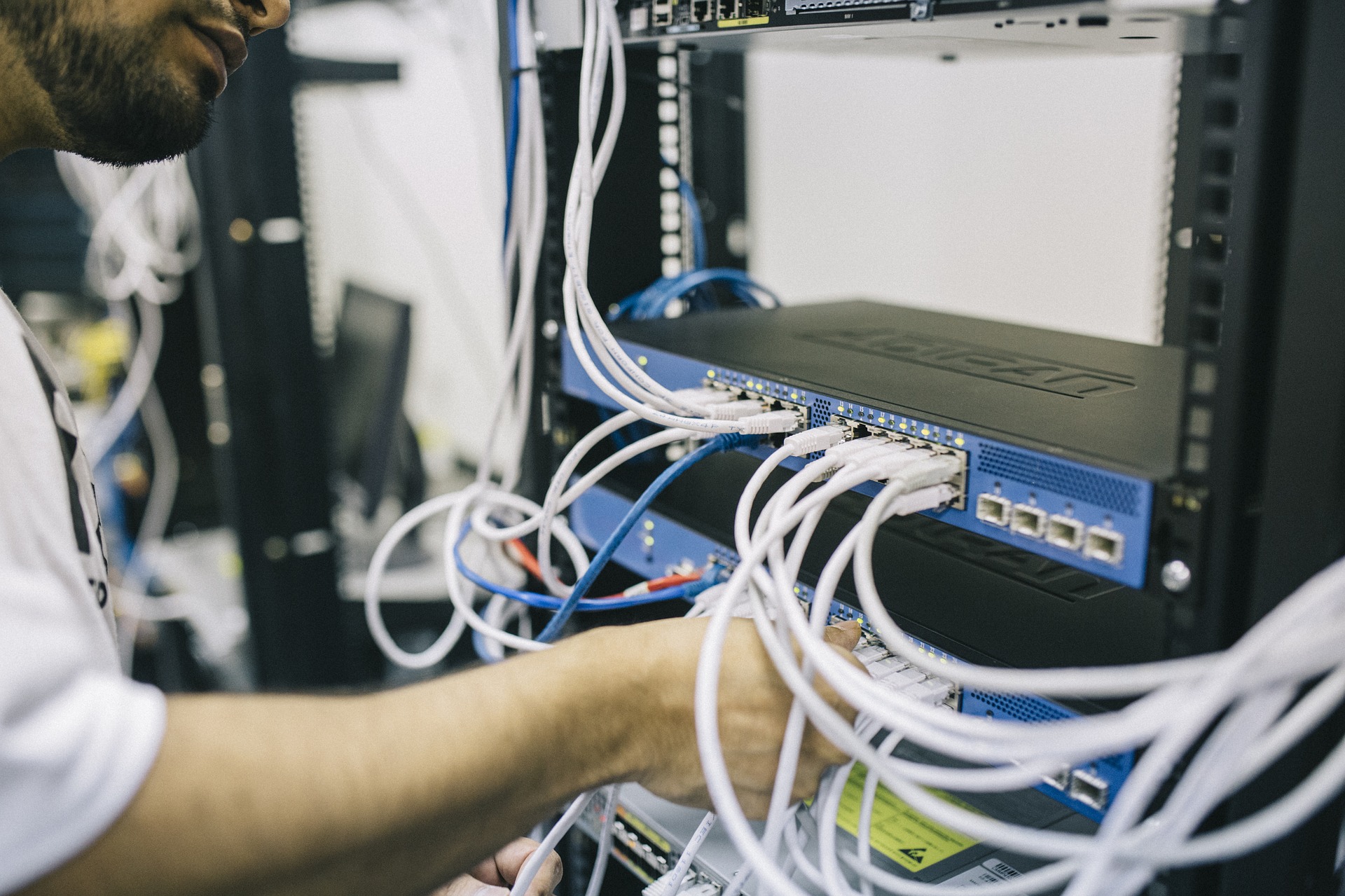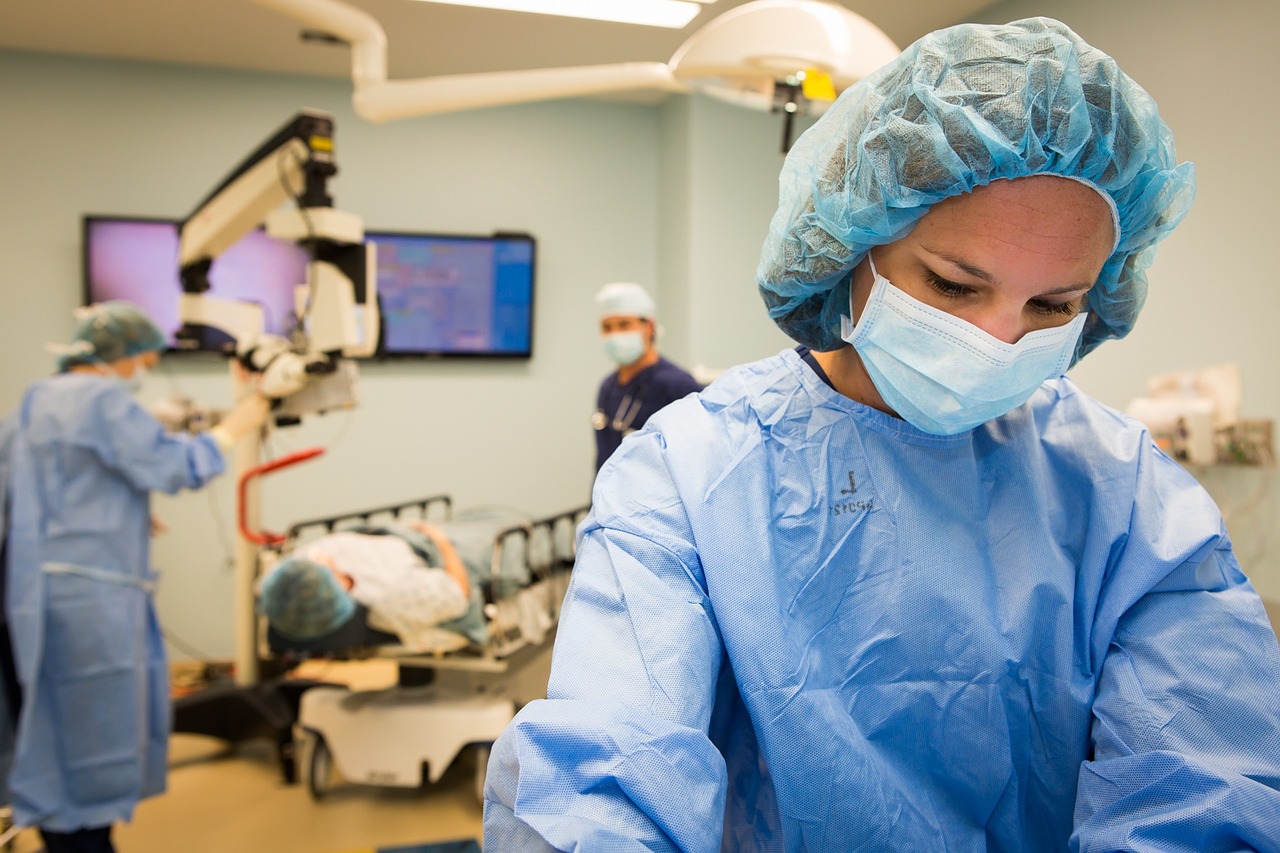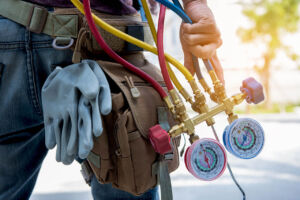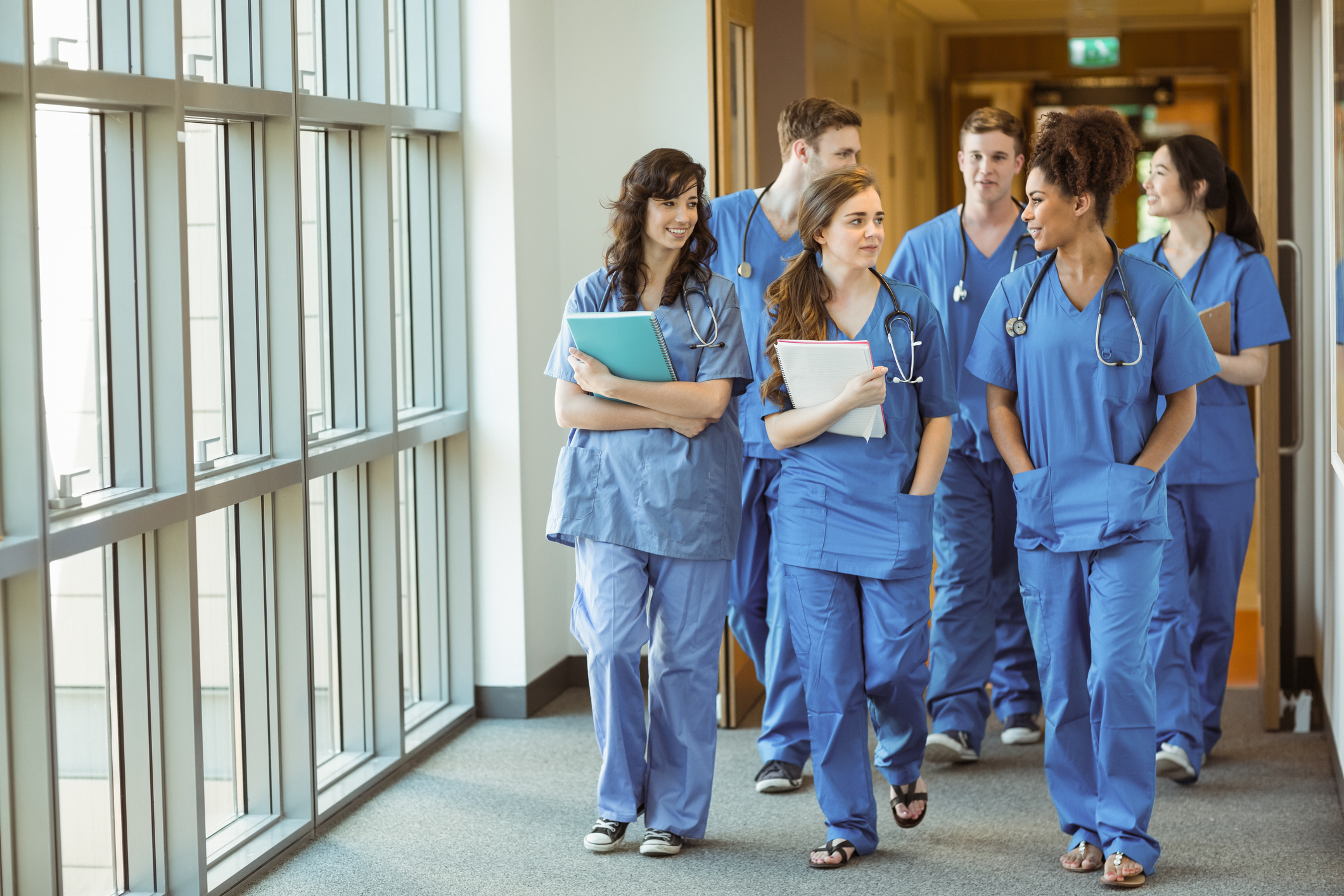Medical assisting students have choices when it comes to education. They can take their time and get a degree or opt for a technical school diploma program that gets them out of the classroom and into the field in less than half the time. Which course you take should reflect your career goals, but there are reasons that more students than ever are choosing vocational training.
Which Course Is Best for Medical Assistants?
Associate degree programs in medical assisting take at least two years to complete. The curriculum is comprehensive and includes enrichment courses not offered in technical school programs, such as psychology and sociology.
But you can get a diploma in 45 weeks through a technical institution. The streamlined curriculum is career-oriented, meaning that it only includes courses that will make you a better medical assistant. You’ll qualify for the same certifications as your college-educated peers and most of the same positions.
Technical schools take education seriously, offering perks too good to ignore. From small class sizes and workforce-relevant training to job placement services, a diploma program is a complete education package. If you want a secure and rewarding healthcare career but don’t have the time to spend years in a classroom, it’s the opportunity you’ve been waiting for.
How Long Is a Medical Assistant Program?
Full-time students at CyberTex graduate in just 45 weeks. It’s the fast path forward to a new start and a steady career.
What Do You Learn During Medical Assistant Courses?
Medical assistant students learn the basic clinical and administrative skills that hospitals and private practices need. Training is a fusion of classroom instruction and hands-on learning. The curriculum covers a broad range of topics in a practical, job-focused way.
You’ll learn how to perform these essential functions and more:
Take Health Histories
A patient’s medical history is the foundation of their future care. But too many people are confused when it comes to filling out complex medical history forms.
As a medical assistant student, you’ll gather, clarify and record health information, including:
- Demographic data
- Diagnoses
- Past surgeries
- Family medical history
- Social history, including occupation, diet and exercise habits and stressors
- Current medications and allergies
- Physical symptoms
Prepare Patients for Examination
Medical assistants prepare patients for examinations. Students learn to:
Make patients comfortable — how to put patients at ease by answering questions, such as what is an exam for and how long will it take. Informing patients while establishing rapport builds their trust in the healthcare team. It’s also a crucial source of emotional support for anxious or fearful patients.
Measure height and weight — height and weight are used to calculate a patient’s Body Mass Index (BMI), a figure doctors use to predict chronic disease and calculate drug dosages.
Take vital signs — vital signs, such as temperature, pulse, blood pressure and respiratory rate, help doctors make better treatment decisions. Abnormal readings can be an indication of illness or an early symptom of chronic disease.
Help patients to change — some physical exams are easier to perform if the patient changes into a hospital gown. Loose in the front and open in the back, it makes some parts of the body more accessible. Medical assistants offer the proper attire while safeguarding their privacy. People with impaired mobility may need a helping hand.
Collecting and Preparing Laboratory Specimens
Medical assistants may be asked to collect biological samples including urine, blood, and feces. It sounds easy, but training is required. Technical school programs cover:
Types of Laboratory Samples – dozens of types of laboratory samples are collected at healthcare offices, including urine, blood, sputum, wound exudate, and tissue samples. Medical assistants learn about each and how their characteristics affect collection, preservation, and processing.
Collection Techniques – laboratory samples should be as pure as possible because bacterial contamination can affect the results. Medical assistants learn how to properly collect, label and handle samples, as well as assist patients with clean self-collection techniques.
Processing and Handling – improper handling can make lab samples unusable. Shaking a blood collection tube, for example, damages red blood cells. Contact with infected body fluid is also a health risk. Medical assistants learn how to handle, process and ship samples safely, following strict laboratory guidelines.
Phlebotomy
Medical assistants are trained to draw blood in office settings. Technical school programs cover the theory and technical skills students need to be successful.
Key points include:
Anatomy and physiology — the structure and function of the circulatory system, including the veins and arteries that are used for phlebotomy.
Phlebotomy equipment — the supplies and equipment used to draw blood from needles and syringes to collection tubes.
Patient preparation — how to prepare patients for phlebotomy, including safe positioning.
Blood collection — techniques for collecting blood, including how to access veins and insert needles.
Safety precautions — how to protect yourself from bloodborne pathogens by wearing personal protective equipment and disposing of waste properly.
Soft skills — tips for explaining the phlebotomy procedure and helping nervous patients relax.
Performing Electrocardiograms
Medical assistants learn how to take electrocardiograms (ECGs or EKGs) as part of vocational training. Concepts include:
The cardiovascular system — the structure and function of heart, and the electrical system that controls its rhythm.
ECG equipment — the types of equipment used to take ECGs, including the ECG machine, electrodes and leads.
Patient preparation — how to properly position patients and apply the electrodes to their chest, arms, and legs.
ECG interpretation— interpreting ECGs is not within a medical assistant’s scope of practice, but you’ll learn how to help recognize and report cardiac emergencies.
Safety precautions — infection control and electrical safety protocols. Removing metal piercings, for example, may be required before testing.
Assisting with Exams, Treatments and Procedures
Medical assistants serve as an extra pair of hands during complex exams, treatments, and procedures. You’ll learn how to:
- Select and prepare surgical equipment
- Pass instruments
- Monitor patient comfort and safety
- Dress wounds
- Sterilize instruments
- Respond to emergencies
Administrative Procedures
Medical assistants are typically hired for clinical roles, but administrative training is important because most clinical duties have a strong clerical component. Technical schools cover:
- Telephone etiquette
- Note-taking and recordkeeping
- Electronic health record software
- Billing and coding
- Inventory management
- Workplace safety
Students get a well-rounded education that prepares them for entry-level positions and professional growth opportunities within the healthcare field.
Final Thoughts
There’s no wrong way to become a medical assistant. Only you can chart your course, but technical school programs are ideal for students with no time to waste.
Want to Learn More?
The Medical Assistant Training Program at CyberTex Institute of Technology takes great care of you by providing hands-on training, practical experience and the support it takes to get started in a medical assisting career without spending years in school. You will learn the basics of both clinical and administrative skills, and prepare to work in physician’s offices, hospitals, and other medical facilities.
Contact us today to learn more about our Austin and Killeen campuses.





